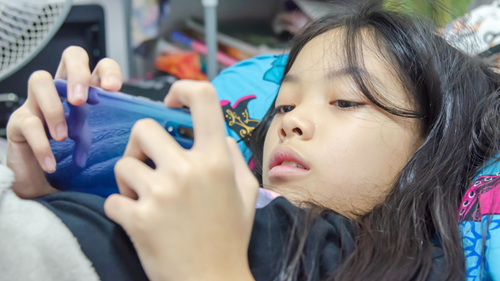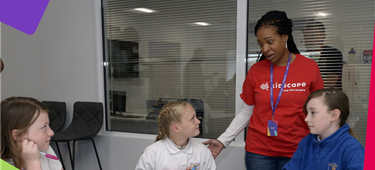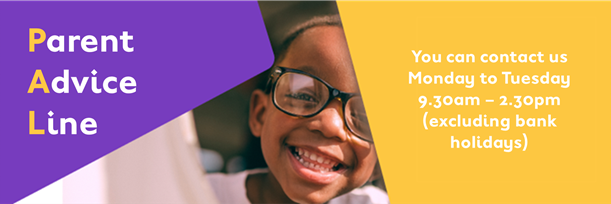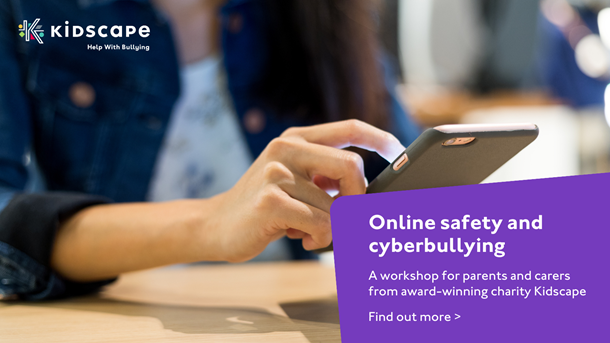Cyberbullying and digital safety
What is cyberbullying?
Cyberbullying is any bullying behaviour by electronic means. It typically includes:
- Intentionally causing someone or a group of people harm by sharing or posting unkind or offensive comments
- Sharing private information to shame or ridicule
- Impersonating others
- Promoting rumours or fake news about others
For young people, the perpetrators are usually people that they know (e.g. from school or the community) and quite often it is a continuation of bullying behaviour that is happening during the school day.

What do I do if my child is experiencing cyberbullying?
Support them
It's important they do not engage in conversation with the perpetrator. Instead, seek help. We have lots of advice for young people on what to do here.
Help them to collect and save evidence
It's important to be able to share evidence of what has happened. Although it will be tempting for your child to delete distressing messages, without proof, schools, service providers or the police are limited as to how they can respond.
Here are some tips:
- Text and email. Make sure all text messages and emails are saved, and where possible, back these up elsewhere.
- Social media. Most social media platforms have options for reporting abuse. You may want to screenshot and save images in case content is deleted before you can raise your concerns (e.g. with the school or the police).
- Phone calls. If your child is receiving nuisance phone calls, document the date, time, duration and what has been said. Try to establish if there are any identifiable features such as voice description or background noise.
Who should cyberbullying and other online harms be reported to?
It's important that you talk to your child about next steps. Your goal is for the bullying behaviour to stop and for your child to be able to enjoy life again.
These are your options for reporting content:
Reporting to platforms
Most social media platforms have options for reporting harmful content. If you are struggling to see how to report content or have reported content and are not happy with the action taken, then you can visit Report Harmful Content for more support. You may also have other options through the platform such as muting or hiding content, or blocking the perpetrator.
Reporting to the school
The school has a responsibility to protect students from bullying, even if it happens offsite, online or over the phone. Follow our guidelines on reporting to the school, and be sure to take evidence of cyberbullying with you.
Reporting to the police
Cyberbullying is not a specific criminal offence in the UK. However, incidents which are considered as harassment, threats or menacing communication may be an offence.
For more information about whether the police can help, contact your local station.
Reporting sexual abuse or grooming
If you have concerns about inappropriate communications that your child has received you should report this on the Child Exploitation & Online Protection Centre website.
You can find out more about protecting your child online here.
If you would benefit from talking the situation through with someone, please contact our Parent Advice Line.
We also have a Guide to Bullying to help children and young people to deal with bullying both online and face to face.
Our Online Safety and Cyberbullying Awareness course will also help parents to support their children online.







